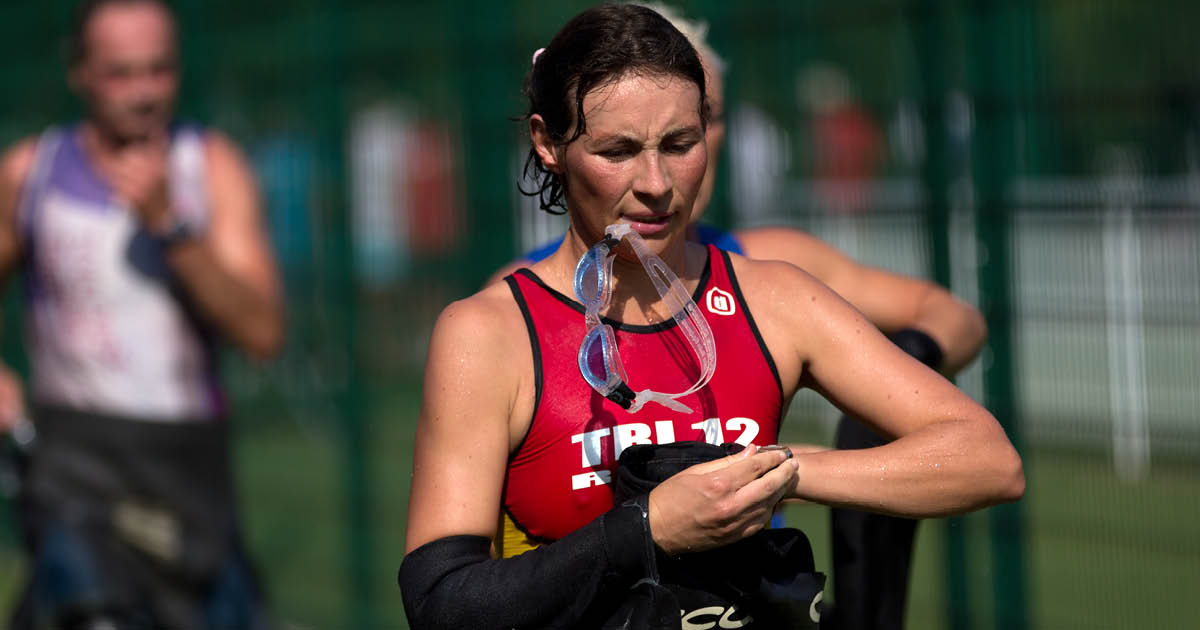A “brick” session is a foundational workout to any multisport training plan, but what is it?
What is a brick workout?
A brick workout is any training session with two disciplines back to back. Brick workouts come in a variety of structures, but the classic triathlon brick session is a bike workout followed by a run. The goal of a brick workout is to simulate the muscular and mental transition you will feel on race day from one sport to another. On your triathlon race day this will be one of the key moments. Can your body quickly transition from cycling to running? Brick workouts ensure your body is ready for this transition and prepare yourself to be able to run to your potential under fatigue.
Timing is important.
On race day you will be moving between disciplines quickly so you should practice the same during your brick sessions. Let’ take a look at the bike to run brick workout below.

The above session represents a long bike trainer session followed by a short easy run. In that amount of time you need your body to quickly make the transition from cycling to running. On race day this transition will take under 10 minutes. Your brick workout should follow the same pattern.
Does my second workout need to be hard for a brick session to be effective?
The reason multisport athletes do brick sessions is to get their bodies and minds accustomed to the “shifting gears” that takes place multiple times during a race. This isn’t necessarily about improving performance in your second workout, but rather training your body to expect to run after a bike ride, or bike after a swim. A good way to approach a brick session is to make the first workout challenging and the second workout short and easy. Remember, you’re practicing the transition, not looking to improve performance during your second workout.
How long should my second workout be when compared to the first?
Remember your goal is adaptation. Your second workout should be only as long as it needs to be to get your body settled into the demands of the next sport. In the example above, a 10 minute aerobic run was sufficient to accomplish this task. Trying to push too hard or go too long in your second workout can lead to injury since you’re already significantly fatigued. Keep your second workout short with the goal of just settling your body into your second workout.
Start slow.
As you begin to incorporate brick sessions into your training plan make sure to start slow! You will not feel good the first few times you try to execute a back to back workout. Using the bike to run example from above. If this was your first brick session, shoot for a 10 minute walk off the bike instead of running. Then, after a few workouts, try to run/walk. Listen to your body and increase when you feel ready.
Benefits.
With time and practice your body will adapt to making the transition from one sport to another. Sure, in the early back to back sessions your body will feel like a “brick”, but stick with it and you will see your performance levels hold steady. Multisport races and triathlon in particular are all about transitions. Incorporate brick sessions to help reach your potential on race day!

